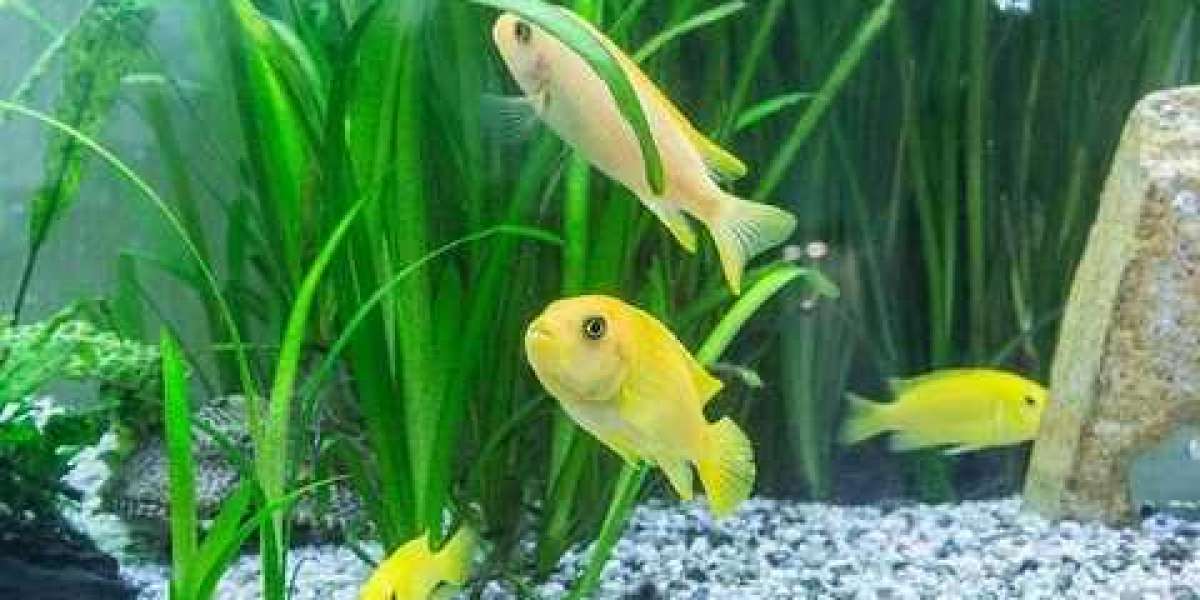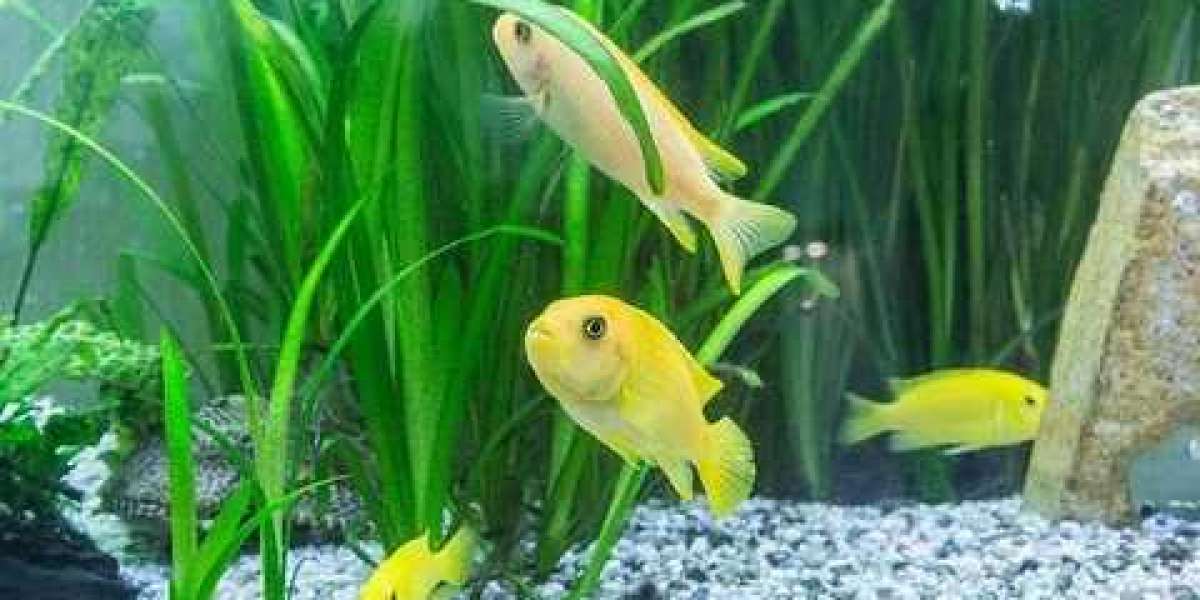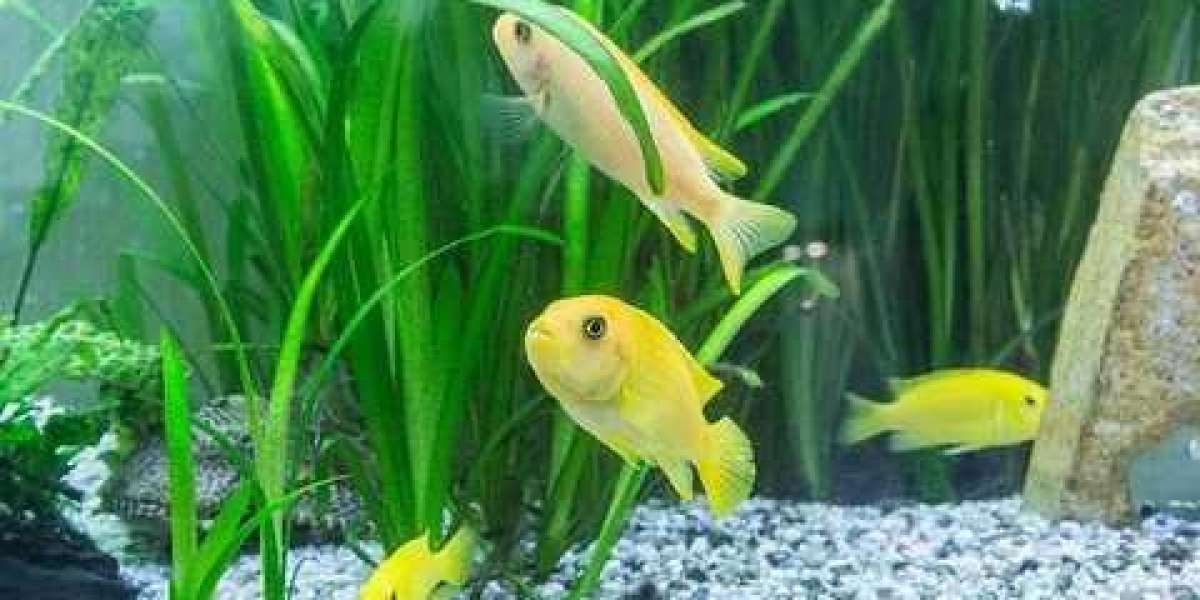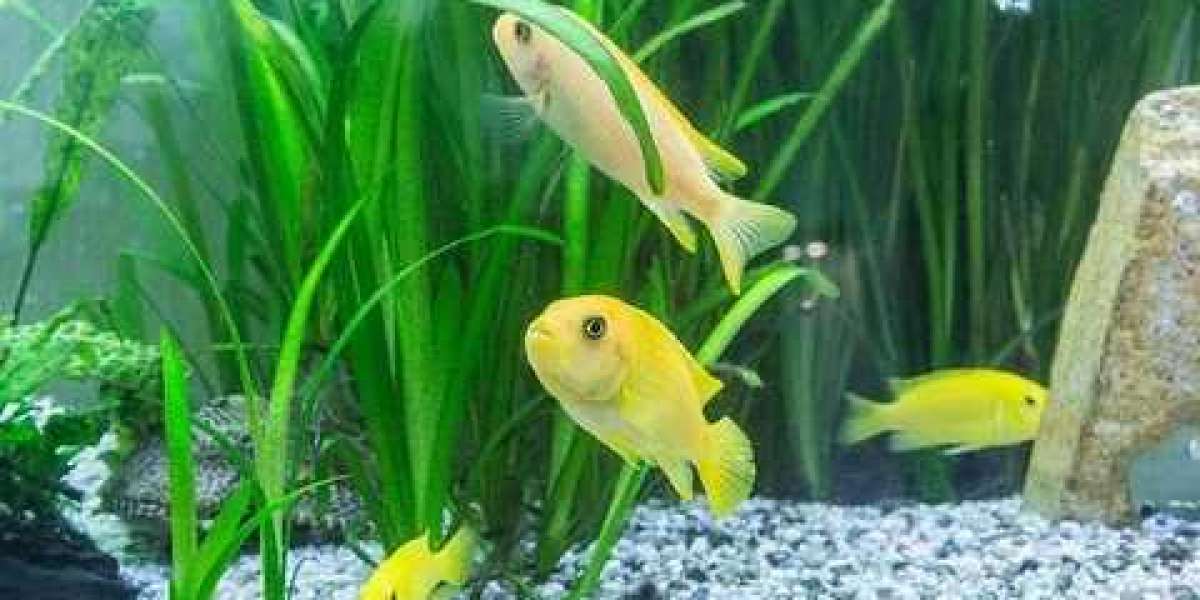The paper box is a three-dimensional shape, which is composed of a polyhedron formed by moving, stacking, folding, and surrounding several surfaces. The faces in the three-dimensional composition play the role of dividing the space in the space. If the faces in different parts are cut, rotated, and folded, the obtained faces have different emotional expressions. The composition relationship of the carton display surface should pay attention to the connection relationship between the display surface, the side, the top and the bottom, and the setting of the packaging information elements. To a large extent, carton packaging promotes and beautifies commodities with its exquisite shape and decoration, and improves the competitiveness of commodities. Since the shape and structure design of the carton are often determined by the shape characteristics of the packaged goods, there are many styles and types, such as rectangle, square, polygon, special-shaped carton, cylinder, etc., but the manufacturing process is basically The same, that is, select material - design icon - manufacture template - stamping - join into box. The raw material is pulp, generally corrugated paper, which is mostly used to hold items and can be recycled. Paper product packaging is the most used type of packaging industrial products. Cartons are the most important form of transportation packaging, and cartons are widely used as sales packaging for various products such as food, medicine, and electronics. With the changes in transportation methods and sales methods, the styles of cartons and cartons are becoming more and more diverse. Almost every new type of non-standard cartons is accompanied by a set of automated equipment, and the novel cartons themselves have also become In view of the means of commodity promotion, Anbao Group believes that in the future, carton packaging will develop in the direction of environmental protection and economy, and there will be more innovative forms displayed in front of us.
A decorative box is a form of packaging that is generally more than just functional, but also intended to be decorative and artistic. Many such boxes are used for promotional packaging, both commercially and privately. Historical objects are usually called caskets if larger than a few inches in more than one dimension, with only smaller ones called boxes. Traditionally gift boxes used for promotional and seasonal gifts are made from sturdy paperboard or corrugated fiberboard. These boxes normally consist of a base and detachable lid and are made by using a die cutting process to cut the board. The box is then covered with decorative paper. Gift boxes can be dressed with other gift packaging material, such as decorative ribbons and gift tissue paper. The most common type of decorative box is the feminine work box. It is usually fitted with a tray divided into many small compartments for needles, reels of silk and cotton, and other necessaries for stitchery. The date of its origin is unclear, but 17th-century examples exist, covered with silk and adorned with beads and embroidery. No lady would have been without her work box in the 18th century. In the second half of that century, elaborate pains were taken to make these boxes dainty and elegant. Boxes are divided according to packaging materials: paper gift boxes, plastic gift boxes, metal gift boxes, bamboo and wood packaging, glass containers and composite materials, etc. Generally, gift boxes are mostly packaged in paper, which is related to Chinese traditional culture and advocates green packaging. Paper is undoubtedly the most appropriate choice, and the recycling rate of simple packaging waste from production and processing is also high.
Paper container refers to a container made of paper or cardboard for the purpose of packaging, referred to as a paper container. Paper and cardboard are one of the main materials for manufacturing packaging containers, and their consumption accounts for 40-50% of the total packaging materials. This is mainly because paper containers have many unique advantages, which are unmatched by other packaging materials. It has many advantages, such as: ①It can effectively protect the product. Packaging containers made of cardboard have certain strength and elasticity, while cartons made of corrugated cardboard have significantly better elasticity than packaging containers made of other packaging materials; ②Suitable for production in various ways. The paper container can be made by hand, and it is also suitable for mechanized mass production, and the production efficiency is very high; ③ There are many structural changes. The paper container can be designed in various forms, such as round, square, etc. It can also be used for box lining separation, flap extension, curve pressing, window opening, etc.; ④It is easier to process. Paper and cardboard have excellent foldability and are easy to fold into desired shapes, etc.
Food needs to be packaged during processing, transportation, storage, sales, and consumer use. Food packaging containers usually refer to packaging containers that are in direct contact with food, that is, inner packaging containers. Food that is packaged in a packaging container or packaging material (usually in a processing plant) is called packaged food. The basic materials used in food paper containers are: ① Kraft paper, which is made from kraft pulp of cork crude fiber. Its strength is higher than that of ordinary paper, and it can be used as a large paper bag for packaging sugar, flour and rice. Kraft paper treated with synthetic resin has the characteristics of moisture resistance and oil resistance. ②Sulfuric acid paper, which is treated with sulfuric acid to form gelatinous starch cellulose on the fiber surface, which has the characteristics of high strength, moisture-proof, oil-resistant and heat-resistant sterilization temperature. It can be used for the packaging of oily food, frozen food, and sometimes can be used as the inner wrapping paper lining of cans. ③ Wax paper, which is treated with low melting point paraffin, has the characteristics of moisture resistance, oil resistance and sealing resistance. It is the cheapest packaging material for various high and low-grade foods. ④Cellophane, also known as cellophane, is made from pulp treated with sodium hydroxide solution. It has the characteristics of high transparency, good heat insulation, grease resistance, beautiful appearance and low price. It is widely used in the packaging of general food. However, ordinary cellophane has the disadvantage of strong hygroscopicity and is not suitable for food packaging with high water content. The moisture-proof cellophane treated with polyvinyl chloride copolymer and polyvinylidene chloride resin has excellent moisture resistance. ⑤Composite paper is a laminate of paper, plastic, aluminum foil, etc. It has comprehensive properties and can be used for packaging general food, frozen food, beverages and aseptic packaging.
A bottle carrier holder, sometimes also known as a cup carrier, beverage carrier or cup holder is a device used to carry multiple filled beverage cups at the same time. There are many different designs for bottle carrier holders, but they commonly include relatively deep indentations, holes, or compartments into which the cups are placed. This keeps the drinks from falling over during transport, and distinguishes drink carriers from cafeteria trays, though both may be used to carry both drinks and food. Bottle carrier holders may be made from paperboard, molded pulp, plastic or other materials.
sformers have become essential for the transmission, distribution, and utilization of alternating current electric power. A wide range of transformer designs is encountered in electronic and electric power applications. Transformers range in size from RF transformers less than a cubic centimeter in volume, to units weighing hundreds of tons used to interconnect the power grid.
Small dry-type transformers are often self-cooled by natural convection and radiation heat dissipation. As power ratings increase, transformers are often cooled by forced-air cooling, forced-oil cooling, water-cooling, or combinations of these. Large transformers are filled with transformer oil that both cools and insulates the windings. Transformer oil is a highly refined mineral oil that cools the windings and insulation by circulating within the transformer tank. The mineral oil and paper insulation system has been extensively studied and used for more than 100 years. It is estimated that 50% of power transformers will survive 50 years of use, that the average age of failure of power transformers is about 10 to 15 years, and that about 30% of power transformer failures are due to insulation and overloading failures. Prolonged operation at elevated temperature degrades insulating properties of winding insulation and dielectric coolant, which not only shortens transformer life but can ultimately lead to catastrophic transformer failure. With a great body of empirical study as a guide, transformer oil testing including dissolved gas analysis provides valuable maintenance information.
Building regulations in many jurisdictions require indoor liquid-filled transformers to either use dielectric fluids that are less flammable than oil, or be installed in fire-resistant rooms. Air-cooled dry transformers can be more economical where they eliminate the cost of a fire-resistant transformer room. The tank of liquid-filled transformers often has radiators through which the liquid coolant circulates by natural convection or fins. Some large transformers employ electric fans for forced-air cooling, pumps for forced-liquid cooling, or have heat exchangers for water-cooling. An oil-immersed transformer may be equipped with a Buchholz relay, which, depending on severity of gas accumulation due to internal arcing, is used to either alarm or de-energize the transformer. Oil-immersed transformer installations usually include fire protection measures such as walls, oil containment, and fire-suppression sprinkler systems. Polychlorinated biphenyls (PCBs) have properties that once favored their use as a dielectric coolant, though concerns over their environmental persistence led to a widespread ban on their use. Today, non-toxic, stable silicone-based oils, or fluorinated hydrocarbons may be used where the expense of a fire-resistant liquid offsets additional building cost for a transformer vault. However, the long life span of transformers can mean that the potential for exposure can be high long after banning.
An electrical cable is an assembly of one or more wires running side by side or bundled, which is used to carry electric current. One or more electrical cables and their corresponding connectors may be formed into a cable assembly, which is not necessarily suitable for connecting two devices but can be a partial product (e.g. to be soldered onto a printed circuit board with a connector mounted to the housing). Cable assemblies can also take the form of a cable tree or cable harness, used to connect many terminals together. Physically, an electrical cable is an assembly consisting of one or more conductors with their own insulations and optional screens, individual covering(s), assembly protection and protective covering(s). Electrical cables may be made more flexible by stranding the wires. In this process, smaller individual wires are twisted or braided together to produce larger wires that are more flexible than solid wires of similar size. Bunching small wires before concentric stranding adds the most flexibility. Copper wires in a cable may be bare, or they may be plated with a thin layer of another metal, most often tin but sometimes gold, silver or some other material. Tin, gold, and silver are much less prone to oxidation than copper, which may lengthen wire life, and makes soldering easier. Tinning is also used to provide lubrication between strands. Tinning was used to help removal of rubber insulation. Tight lays during stranding makes the cable extensible (CBA – as in telephone handset cords).
An electrical insulator is a material in which electric current does not flow freely. The atoms of the insulator have tightly bound electrons which cannot readily move. Other materials—semiconductors and conductors—conduct electric current more easily. The property that distinguishes an insulator is its resistivity; insulators have higher resistivity than semiconductors or conductors. The most common examples are non-metals. A perfect insulator does not exist because even insulators contain small numbers of mobile charges (charge carriers) which can carry current. In addition, all insulators become electrically conductive when a sufficiently large voltage is applied that the electric field tears electrons away from the atoms. This is known as the breakdown voltage of an insulator. Some materials such as glass, paper and PTFE, which have high resistivity, are very good electrical insulators. A much larger class of materials, even though they may have lower bulk resistivity, are still good enough to prevent significant current from flowing at normally used voltages, and thus are employed as insulation for electrical wiring and cables. Examples include rubber-like polymers and most plastics which can be thermoset or thermoplastic in nature. Insulators are used in electrical equipment to support and separate electrical conductors without allowing current through themselves. An insulating material used in bulk to wrap electrical cables or other equipment is called insulation. The term insulator is also used more specifically to refer to insulating supports used to attach electric power distribution or transmission lines to utility poles and transmission towers. They support the weight of the suspended wires without allowing the current to flow through the tower to ground.
Insulators used for high-voltage power transmission are made from glass, porcelain or composite polymer materials. Porcelain insulators are made from clay, quartz or alumina and feldspar, and are covered with a smooth glaze to shed water. Insulators made from porcelain rich in alumina are used where high mechanical strength is a criterion. Porcelain has a dielectric strength of about 4–10 kV/mm. Glass has a higher dielectric strength, but it attracts condensation and the thick irregular shapes needed for insulators are difficult to cast without internal strains. Some insulator manufacturers stopped making glass insulators in the late 1960s, switching to ceramic materials. Recently, some electric utilities have begun converting to polymer composite materials for some types of insulators. These are typically composed of a central rod made of fibre reinforced plastic and an outer weathershed made of silicone rubber or ethylene propylene diene monomer rubber (EPDM). Composite insulators are less costly, lighter in weight, and have excellent hydrophobic capability. This combination makes them ideal for service in polluted areas. However, these materials do not yet have the long-term proven service life of glass and porcelain.














